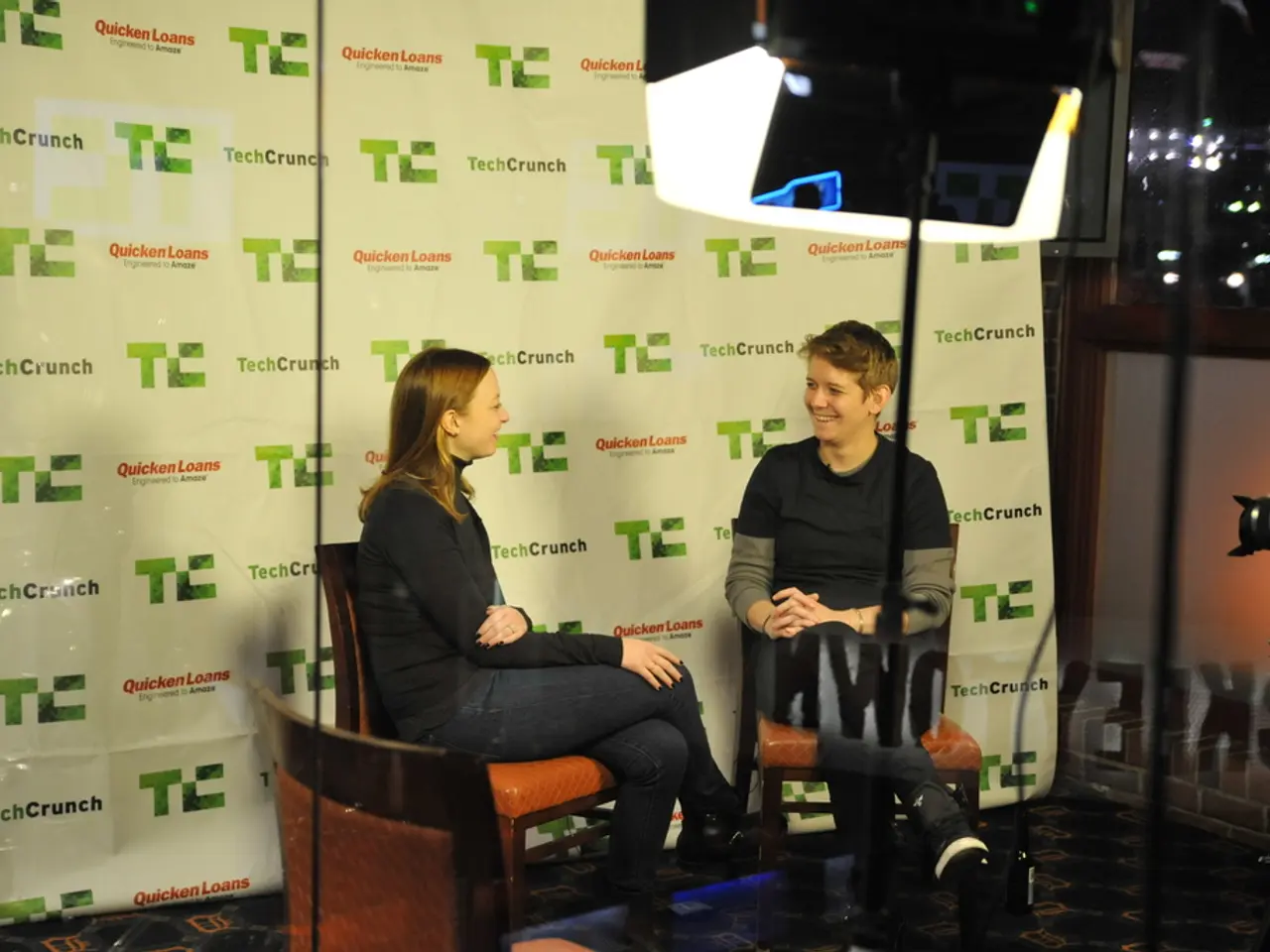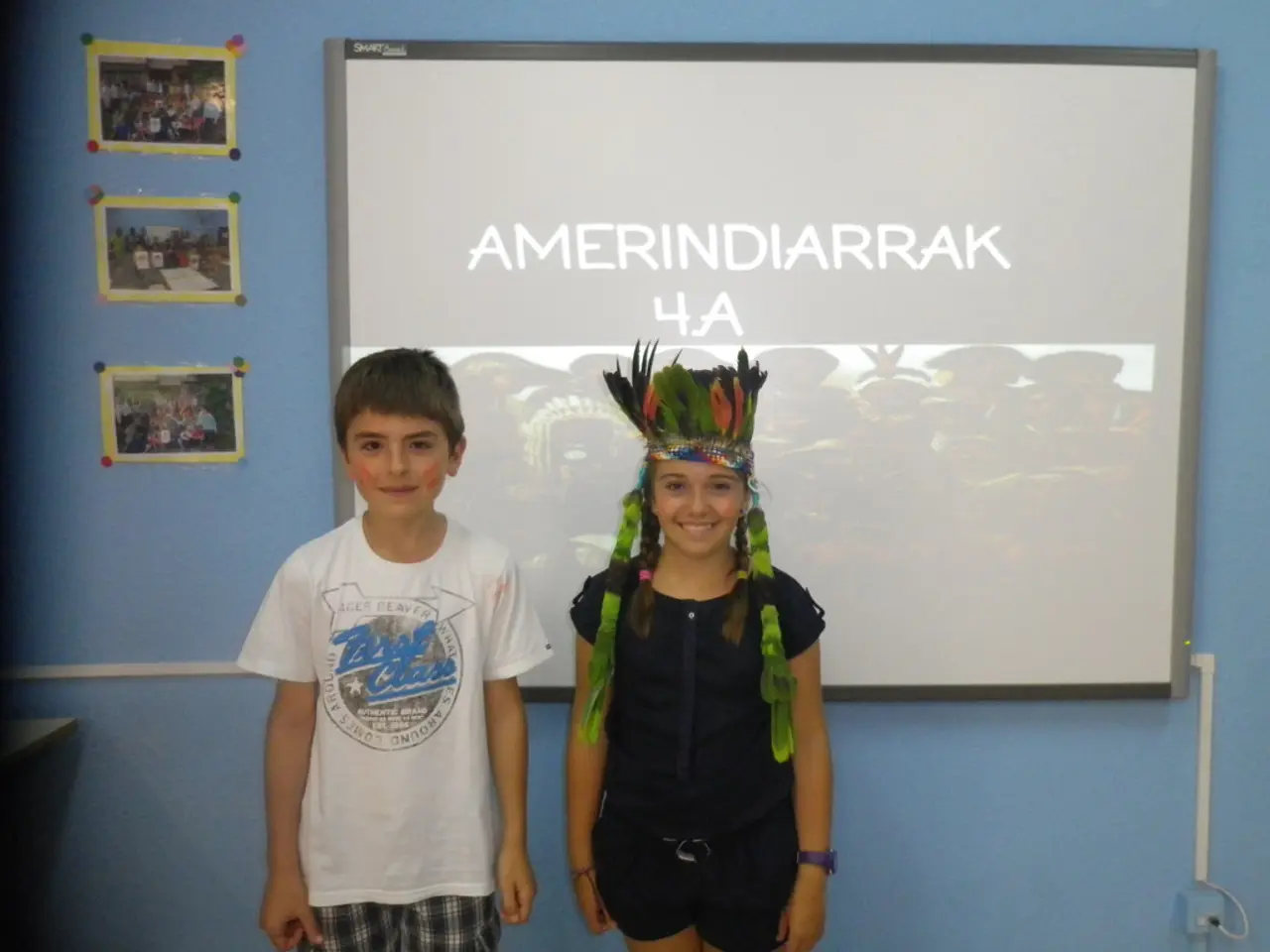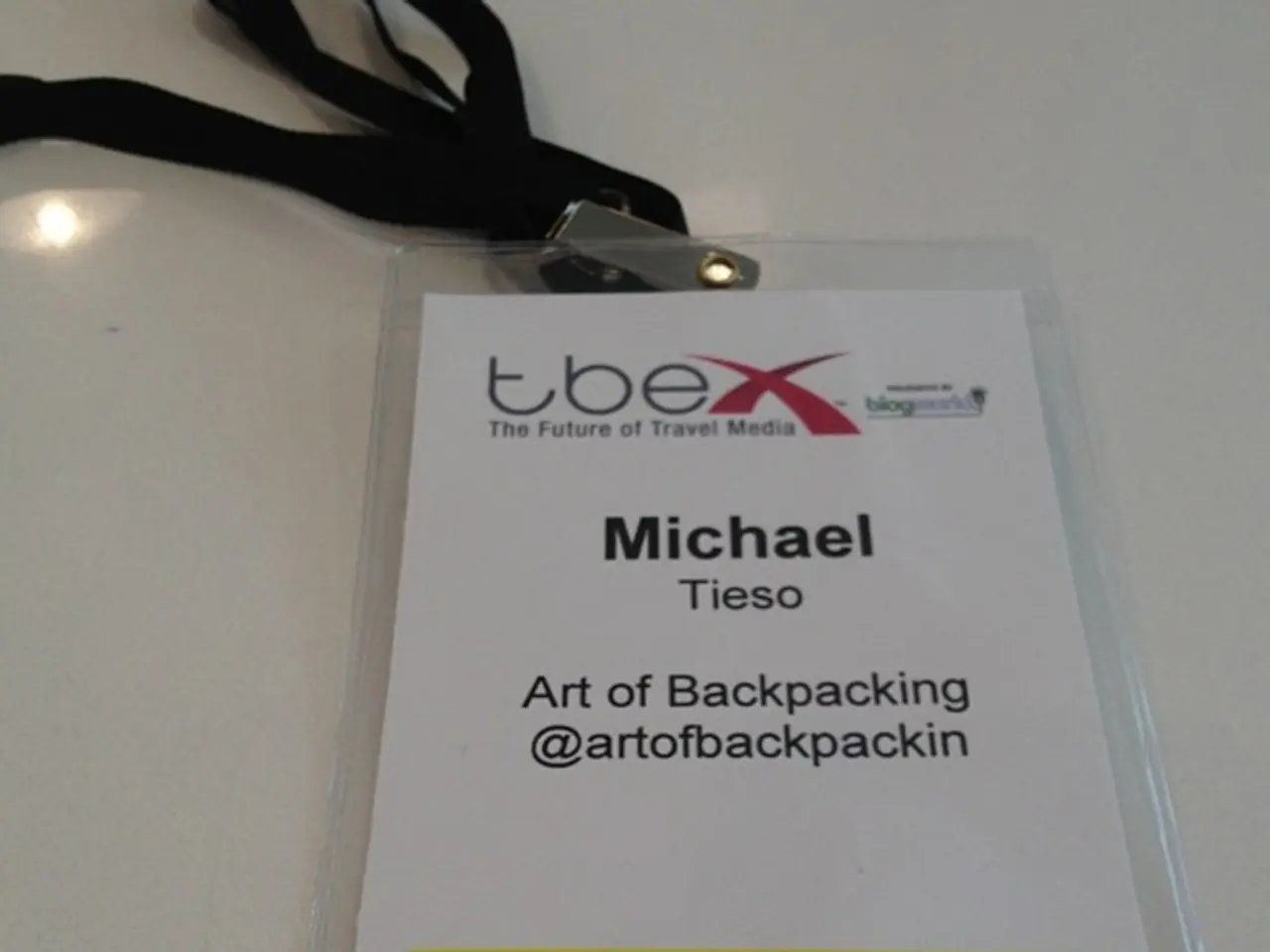Five robot models enabling remote communication for school students
In a significant development, the city administration and several local foundations and associations are collaborating to expand the offer of telepresence robots for schools in Ulm and the Alb-Donau district. These innovative devices are designed to enable children and young people with health restrictions to actively participate in school life.
The new robots, which will be operational before they are made available, are expected to maintain the same features as their existing counterparts. These include a rotating camera, microphone, and LED display, which signal when the child wants to speak. The robots also transmit real-time video and audio from the classroom to the affected students' mobile devices, allowing them to follow lessons, participate, and communicate with classmates from home or the hospital.
The demand for these robots is significantly higher than the current supply, making the acquisition of additional devices important. Five local non-profit organizations are supporting the purchase of five additional telepresence robots, while the Beurer Foundation, the Ernst-Wilken Foundation, the support association of the Rotary Club Ulm, the social purpose income of Sparkasse Ulm, and the Volksbank Foundation are among the organizations covering the cost of one device each. However, the city administration does not specify which foundations and associations are involved in this new development.
The media center in the Ulm/Alb-Donau district will see an increase in the number of available telepresence robots with the addition of the new devices. Currently, three telepresence robots are available in the media center, and these new robots will be made available to schools through the media center.
While specific details about how telepresence robots are being used in Ulm and Alb-Donau district schools to help integrate students with health restrictions were not available, it is known that these robots generally allow remote students to participate in class activities virtually. This can be particularly beneficial for students with health restrictions or mobility issues, enabling them to engage with teachers and peers in real-time, enhancing their educational experience and social interaction.
The city administration expresses its gratitude towards all involved foundations and associations for their support in this initiative. For more detailed insights into any ongoing projects or initiatives using telepresence technology to support students with health restrictions, it is recommended to contact local educational institutions or organisations involved in such programs directly.
The city administration plans to increase the number of telepresence robots, utilizing funds from several supports such as five local non-profit organizations and various foundations like Beurer Foundation, Ernst-Wilken Foundation, Rotary Club Ulm's support association, Sparkasse Ulm's social purpose income, and Volksbank Foundation. These additional robots will be employed not only for education but also for fostering self-development and leveraging modern technology, benefiting students with health restrictions by enabling them to participate in-class activities virtually.




